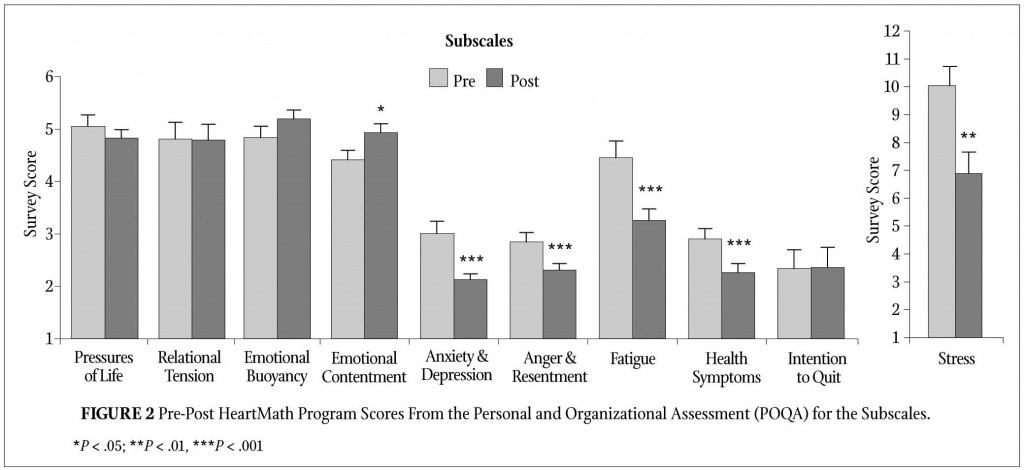
The world’s oldest cities date back more than 10,000 years, but humans actually began living together in small communities, or villages much earlier.
Like the inhabitants of the oldest known village, which dates back 20,000 years on the southwestern shore of the Sea of Galilee in Israel, humans band together.
They are driven to make their communities better.
So what makes a good community? Human beings probably began to wonder about that soon after the earliest communities formed, but in modern times the question has evolved into: What makes a healthy community?
Today the inhabitants of communities large and small around the world ponder this important question and most can agree on some key attributes. Among them are a safe environment; doctors and medical facilities; schools for children; jobs for their people; essential services such as running water, electricity, sewage and garbage systems and streets; food, clothing and other types of stores; and recreation and entertainment for children and adults.
The HeartMath Institute certainly agrees these are essential elements, but also believes and actively promotes the mental and emotional health of communities.
The Heart of Grinnell
“A little over two years ago, working with a group of colleagues … and some new friends from HeartMath, we doodled on the back of a napkin a simple vision of a healthy community, something we call ‘The Heart of Grinnell,’ writes Grinnell Regional Medical Center (GMRC) CEO and President Todd Linden. His comments are from a blog that appears on the U.S. National Library of Medicine/National Institutes of Health web page.
“The primary objective of The Heart of Grinnell project is to measure the results of a communitywide program to increase community coherence and stress reduction in order to improve adherence to positive wellness behaviors; physical biometrics; productivity by reducing absenteeism and improving workplace morale; and coherence in the workplace, schools, homes, and community,” Linden wrote.
The project he refers to is Heart of Grinnell: A Community-Wide Rural Health Wellness Initiative, an endeavor that began in 2007 and is ongoing in Grinnell, Iowa, a community of a little over 9,000 situated about 50 miles east of the capital, Des Moines.
The idea for the project stemmed from a GMRC leadership team’s participation in a pilot project with HeartMath to assess stress levels of the team’s members and how that affected the organization.
They were assessed in 10 categories, and the results showed a large percentage were experiencing fatigue, anxiety, difficulty sleeping and depression. Team members then attended HeartMath’s Transforming Stress workshop and practiced HeartMath techniques at work and in their personal lives.
“A one-month follow-up revealed improvement in six of the 10 categories assessed: fatigue, anxiety, depression, anger management, resentfulness, and stress symptoms,” according to the Heart of Grinnell study.
The HeartMath intervention’s success led to the Heart of Grinnell initiative, “to determine if these results could be replicated on a community level,” the study states. Participation encompasses a broad sector of the community, including Grinnell College, schools, churches, businesses, social service agencies, local government and the medical center. The project is being conducted in partnership with HMI and the University of Iowa College of Public Health.

“At the center of this project is the goal of training community groups on using a scientifically researched program created by HMI designed to reduce stress and increase coherence,” according to the study.
HeartMath De-Stressing Communities
“Until our discovery of HeartMath,” Linden wrote, “our focus was on recommending relaxation techniques to manage stress, such as exercise, massage, yoga, therapy, prayer, and meditation. … The problem with most of these approaches to reducing stress is they occur after the fact, not in the heat of the moment or when stressful situations have taken control of our emotions.
“HeartMath is a scientifically proven technique that has been developed to be an effective way to manage stress at the time stress is impacting us – just-in-time stress relief, if you will.”
Over the two decades since the nonprofit HeartMath Institute was founded, it has helped hundreds of thousands of people lower stress and self-regulate emotions. Beneficiaries include people individually or in their capacities with public and private businesses and corporations, schools and colleges, churches, public safety institutions and other entities. They have utilized HeartMath programs, services, techniques and technology to reduce stress, enhance personal performance, strengthen relationships and improve the quality of their lives.
More recently, the institute began reaching out to greater numbers of people in communities by offering the HeartMath® De-Stress Workshop™, which teaches skills for de-stressing and adding greater balance and ease into their lives.
A key component of the workshop is self-regulation techniques that are used to shift into coherence, an optimal state in which the heart, brain and nervous system are aligned. Coherence can lead to a more heart-connected approach to life, emotional balance and resilience on a personal level, but community wide as well, which is what the Heart of Grinnell project is all about.

